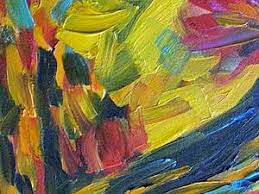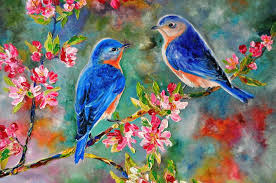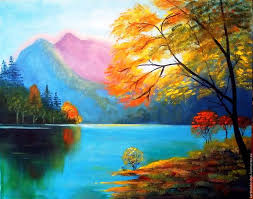troubles
LENINGRAD SCHOOL OF PAINTING (part 2)
 In the narrow, literal sense, the Leningrad school usually means the Leningrad Institute of Painting, Sculpture and Architecture named after I.E. Repin (LIZHSA) from 1932 until the early 1990s, its traditions, teachers, pupils and their artistic heritage.
In the narrow, literal sense, the Leningrad school usually means the Leningrad Institute of Painting, Sculpture and Architecture named after I.E. Repin (LIZHSA) from 1932 until the early 1990s, its traditions, teachers, pupils and their artistic heritage.
In a broader sense, the concept of “Leningrad school”, in addition to the LIJSA named after I. E. Repin, includes a group of institutions closely associated with the institute of higher and secondary educational institutions, as well as the Leningrad Union of Artists from its inception in 1932 until the beginning of the 90s. x years. Continue reading
distinguished
community
density
traditions
performance
various
unshakable
communal
landscapes
characteristic
workshop
sepia
combination
transmitted
manufacture
documentary
musician
sixties
again left
institution
professional
photography
educational
subsequent
contact
technique
enthusiasm
period
arrogance
creation
harmony
milestone
resistant
province
absolutely
composition
school
watercolors
returned
canvas
artists
modest
background
soldiers
available
finally
members
minerals
festivals
development
decorative
ideological
movements
number
student
troubles
until
selection
technologies
phenomenon
reproduction
emergence
Museum
landscape
different
snowflakes




